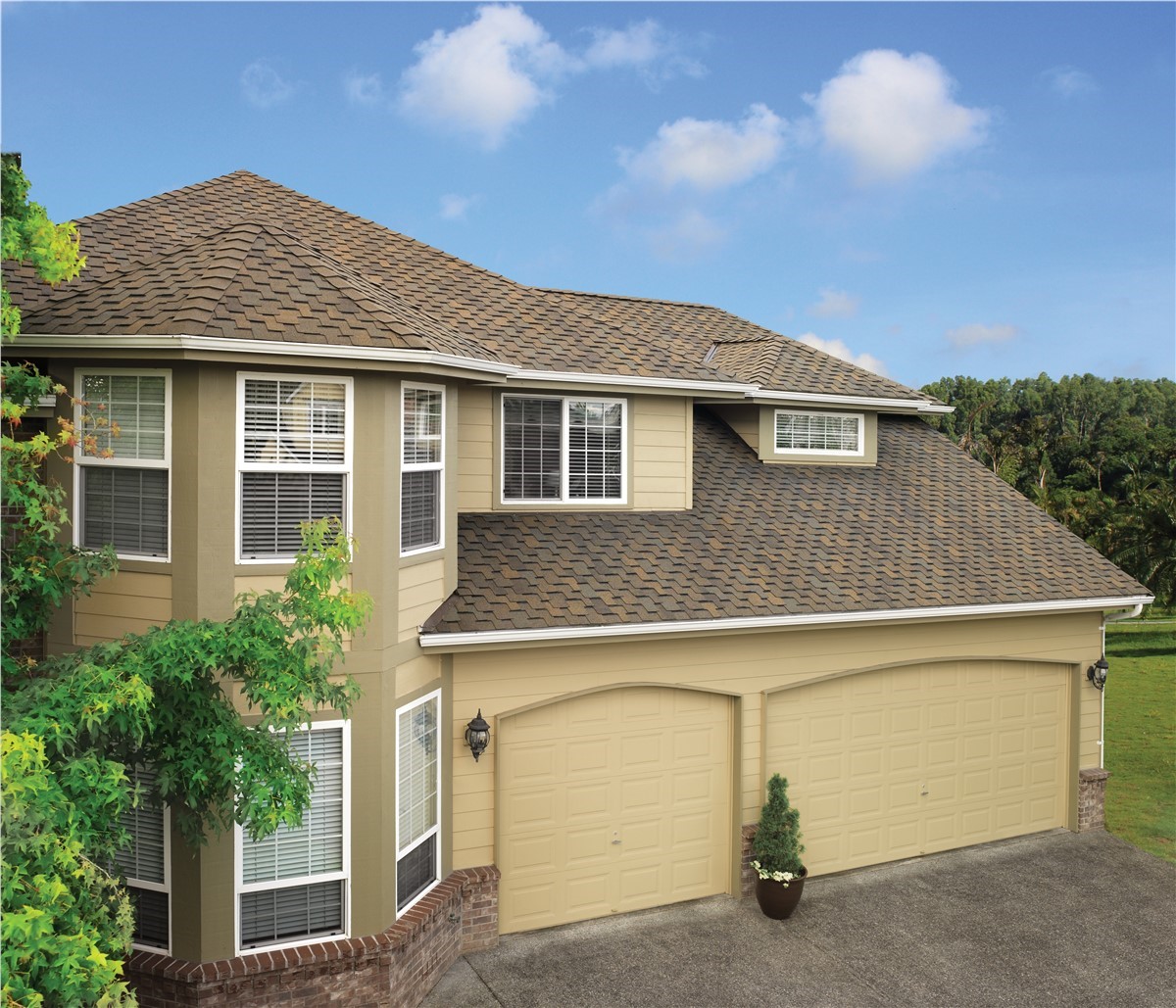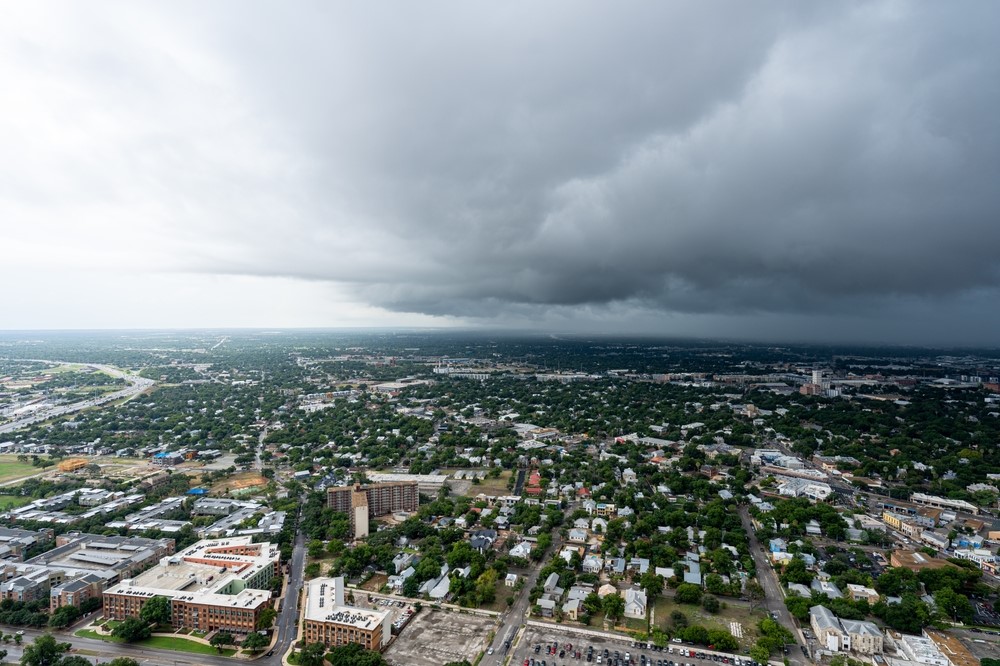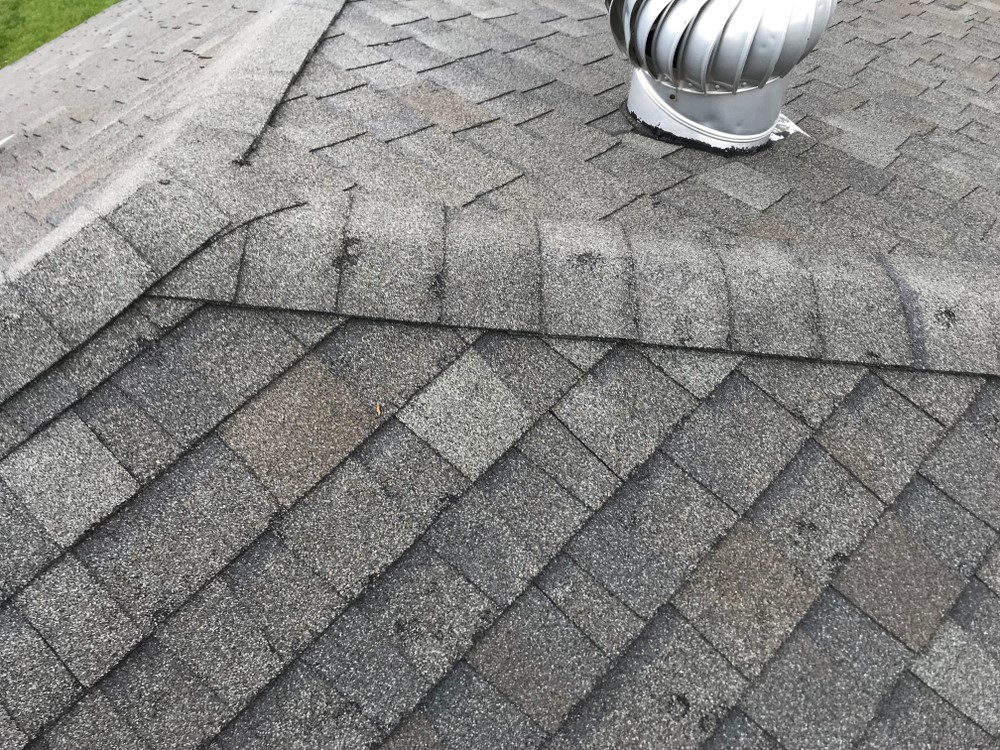Hail Damage to Home Siding
If your home has recently weathered a hailstorm, you may notice hail damage to the siding. Even if you don't notice it right away, it might still be there.
Does it really matter that much whether you get siding damage repair or not? Besides aesthetics, how important is your siding, anyway?
Actually, the siding of your home serves a very important purpose. That function is hindered by hail damage. If you don't get it repaired right away, the problem will get worse and worse, and more expensive to fix.
In the following guide, we'll teach you why you should take siding damage from hail seriously, and what you should do about it. Specifically, we provide detailed steps that you must take after a heavy hailstorm. To learn all about it, read on.
Does Siding Damage Repair Matter?
Siding isn't just for looks. It serves the same protective functions your roof does, but for the sides of your home instead of the top.It protects your interior walls from water damage and wraps your home in a powerful layer of insulation. Also, it acts as a barrier to keep out pests, like rats and bugs. If you have a hole in your siding, it's just as harmful to your home as a hole in your roof.
Furthermore, siding damage resulting from a hailstorm is probably covered by your homeowner's insurance. You'll have to pay out-of-pocket for repairs if you neglect to report this damage.
To that point, many people do overlook siding damage after a storm because it's not as obvious as other damage. Plus, they simply forget to check.
How to Check For Hail Damage to the Siding of Your Home
To ensure you don't overlook siding damage, we wrote you these steps on how to check for it. Find your particular type of siding in this list and follow the steps to inspect it for damage.1. Vinyl Siding
When vinyl siding is hit by hail, it often bounces back like flexible plastic. It doesn't necessarily dent.It may crack, even to the point that holes are left behind. Check your siding for chips, cracks, and holes after a heavy hailstorm.
2. Stucco Siding
Stucco siding will not dent, either. It, too, might crack.Since stucco doesn't bounce back like plastic, it's pretty easy to spot cracks, chips, holes, and other visual damage after a storm. But that's only if you're looking for it.
3. Aluminum Siding
Aluminum siding may get dented by hail. The dents might be so small that you don't notice them.Fortunately, there's another sign to look for: a whitish discoloration. This is the aluminum oxidizing as a result of the denting. If you see this, you should have your siding replaced.
4. Other Metal/Wood Siding
With wood or non-aluminum, metal siding, the signs of damage won't be so obvious. You'll have to inspect closely and carefully to spot dents.They might be easier to see, though, if you put your face very close to the siding and gaze across it. This lets you see if the siding is curved instead of straight (warped) or full of divots/dimples (resembling the surface of a golf ball). If you see such damage, have your siding inspected by a professional to assess the damage.
When to Check For Hail Damage to Siding
Whenever your home endures an intense storm, check for damage right away. You must do this to have any chance of getting your insurance to pay for the damages.Besides, it's important to know if your siding's integrity is compromised. If it is, your house will be vulnerable to water damage, pests, and other issues.
Alternatively, if you've never inspected your siding for damage before, do so now. It's better late than never.
Steps to Take After a Hailstorm
Now you know what damage to look for on your particular type of siding and that you should check right after a hailstorm. Here are some additional steps to take to make sure the damage is addressed and that you can get the damage covered by your insurance.1. Check Your Insurance Policy
It will be great if your insurance covers the damages, but it might not.In the latter case, some of the following steps won't matter. If your insurance doesn't cover hail damage, you don't need to waste time building a case for your claim. Before anything else, find out if hail damage is covered in your policy.
2. Inspect and Record
Do a visual inspection according to the instructions above. While you do so, take written notes and lots of photos of the damage.Keep in mind that yours won't be the only home damaged by the destructive storm or the only damaged home covered by your insurance company. In other words, your insurance company's about to take a big hit here.
You want to make sure you have lots of evidence to prove to them that your home was, in fact, damaged by the storm. Of course, this only matters if hail damage is covered by your policy.
3. Get a Professional Inspection
If your siding does appear damaged, get a professional opinion on the matter. Even if your insurance does cover hail damage, this assessment will be helpful toward your claim.4. Bring Your Case to Your Insurance Company
You've gathered your evidence and you're ready to make your claim. Call up your insurance company and present your case. Give detailed descriptions based on your notes and send them your photo evidence.5. Get Siding Damage Repair
Finally, get your damaged siding repaired/replaced according to your insurance agent's instructions. If your insurance doesn't cover the damage, you need to have the damage repaired, regardless. Research your options, get price quotes, and hire a qualified siding repair professional near you.Don't Take Heavy Hail Damage Lightly
If you've recently experienced a huge storm, remember the tips in this guide. Follow the steps above to check for hail damage to the siding of your house before the damage gets worse.If you do require siding damage repair, we can help. Go here to schedule your contactless free estimate.
Subscribe to Amos Exteriors's Blog









Comments